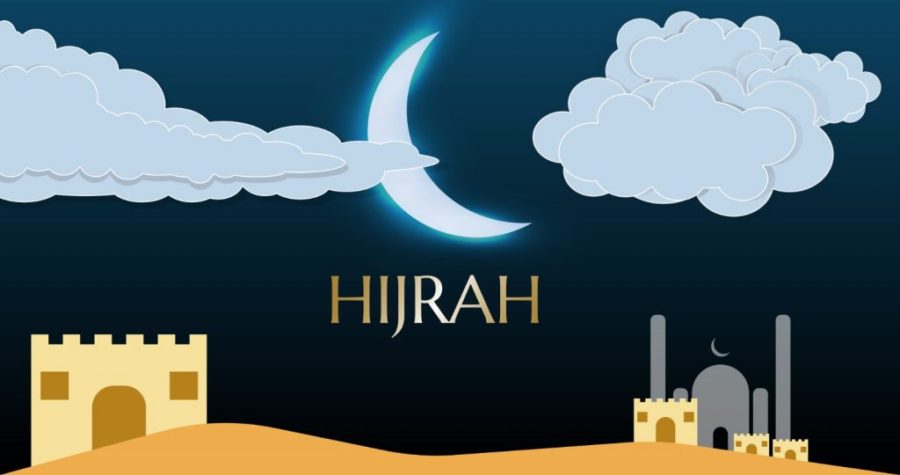During the life of Prophet Muhammed (PBUH) in Arabia, people distinguished years by the major events that occurred within them.
For example, the year when the Hijratook place—the migration of the Prophet and his Companions from Makkah to Medinah—was named ‘the year of the permission to travel’.
During Caliph Umar Ibn Al-Khattab’s fourth year, it became necessary to invent a calendar for precise timekeeping among the regions of the vast Islamic caliphate.
This stimulated much discussion about the establishment of an Islamic calendar to help distinguish between the years and standardize the dates of religious events.

The Companions discussed the numerous calendars used by others at the time, including the Persian, Egyptian and Jewish calendars.
Al-Hurmuzan, a prisoner of war following the Islamic conquest of Persia, suggested a Persian system known as mahruz, which was based on the victories of the Persian kings. Some Jewish converts to Islam suggested using the Hebrew calendar.
The Prophet’s Companions also contemplated whether the calendar should begin with the prophet’s birth, death or revelation. But they were unable to agree on the exact years of these events.
Eventually, 17 years after it happened, the Companions agreed that the Hijra would mark the beginning of the Islamic calendar, as there was no disagreement over the year in which it occurred.
According to some, such as Egyptian scholar and chronicler Abd al-Rahman al-Jabarti and Egyptian mathematician and astronomer Mahmud Pasha al-Falaki, the Prophet arrived at Quba Mosque in Medinah on the 8th of the third Hijri month, Rabi al-Awwal. On the 12th, he entered Medinah itself.
These dates were further discussed by some analysts of the prophetic biography, such as Al-Biruni, Ibn Sa’d, and Ibn Hisham, and cited in the works of Burnaby (2001).
Dates vary slightly between different scholars depending on their methods of calculation. Nevertheless, they all conclude that the Hijra took place during the end of the second Hijri month of Safar and the beginning of the third month of Rabi al-Awwal.
What about Muharram?
The Companions designated the first of Muharram as the first month in the Islamic calendar and the start of the Hijri year due to the numerous virtues associated with this month, such as the day of Ashura.
The Prophet has also described it as a great month of fasting, surpassed only by the month of Ramadan. Abu Hurairah narrated that the messenger of Allah (SAW) said: “The most virtuous fasting after the month of Ramadan is Allah’s month Al-Muharram” (Jami` at-Tirmidhi 740).
‘Ubayd bin ‘Umayr, a son of a companion was quoted in ‘A History of Muslim Historiography’ of Franz Rosenthal as saying: “Al-Muharram is the month of God. It is the beginning of the year. It marks the beginning of the era. In al-Muharram, the Ka’bah is clothed, and money is coined. There is one day in al-Muharram on which repenting sinners are forgiven”.


